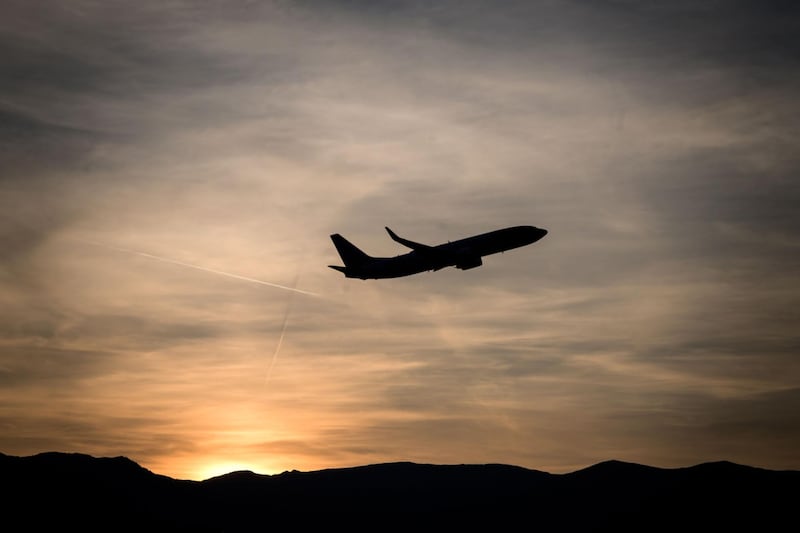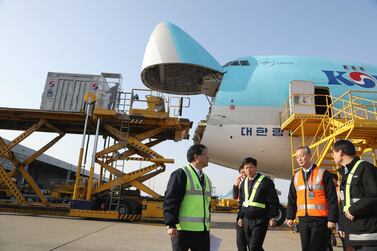Middle East carriers saw a rebound in passenger demand in June, outpacing the global growth rate, following a travel lull during Ramadan in May, according to the International Air Transport Association (Iata).
Regional airlines recorded an 8.1 per cent year-on-year jump in passenger demand in June, during the peak summer travel period, overtaking the global passenger traffic increase of 5 per cent, Iata said on Thursday in its monthly report. Capacity increased 3.3 per cent globally while load factors, a measure of seats filled, rose 1.4 per cent to 84.4 per cent.
"June continued the trend of solid passenger demand growth while the record load factor shows that airlines are maximising efficiency," said Alexandre de Juniac, Iata’s director-general. "Amid continuing trade tensions between the US and China, and rising economic uncertainty in other regions, growth was not as strong as a year ago, however."
Iata's warning comes as a trade spat between Washington and Beijing escalated this week after the US on Monday accused China of being a currency manipulator and said it would hit back with a 10 per cent tariff on $300 billion (Dh1.1 trillion) in Chinese imports starting in September. The ongoing dispute has taken its toll on global trade, with air freight demand declining 4.8 per cent in June year-on-year, making it the eighth month of consecutive declines in cargo volumes, according to Iata.
The rise in passenger demand for regional carriers in June of 8.1 per cent compared with a 0.6 per cent increase in May.
"The timing of Ramadan which fell almost exclusively in May this year likely contributed to the strongly contrasting outcomes," Iata said.
Capacity rose 1.7 per cent and load factors jumped 4.5 percentage points to 76.6 per cent.
All regions recorded a rise in passenger demand in June, led by African carriers, the aviation industry body said.
African airlines’ traffic soared 11.7 per cent year-on-year in June. Capacity rose 7.7 per cent and load factor jumped 2.6 percentage points to 70.5 per cent.
"Demand is benefiting from a generally supportive economic backdrop, including improved economic stability in several countries, as well as increased air connectivity," Iata said.
Asia-Pacific airlines’ June traffic rose 4.0 per cent compared to the year-ago period. US-China trade tensions hurt travel demand between Asia-Pacific and North America markets and also within the inter-Asia market, IATA said. Capacity rose 3.1 per cent and load factor edged up 0.7 percentage points to 81.4 per cent.
North American carriers’ demand rose 3.5 per cent compared to June last year, also reflecting US-China trade tensions. Capacity climbed 2 per cent, with load factor increasing 1.3 per cent to 87.9 per cent.
European airlines saw traffic rise 5.6 per cent in June compared to the same month in 2018.
Capacity climbed 4.5 per cent and load factor rose 1 percentage point to 87.9 per cent, tied with North America as the highest among the regions.
"The solid growth occurred against a backdrop of slowing economic activity and declining business confidence in the Euro area and UK," Iata said.
Uncertainty around Britain's exit from the European Union has rattled markets, worried investors and hurt the pound.








